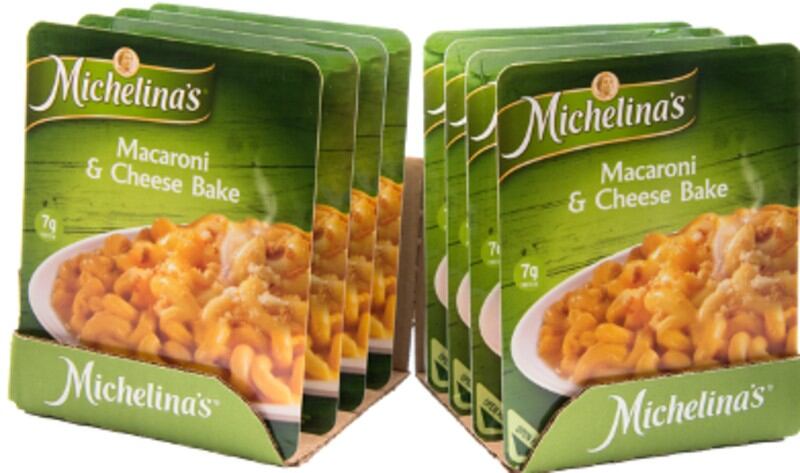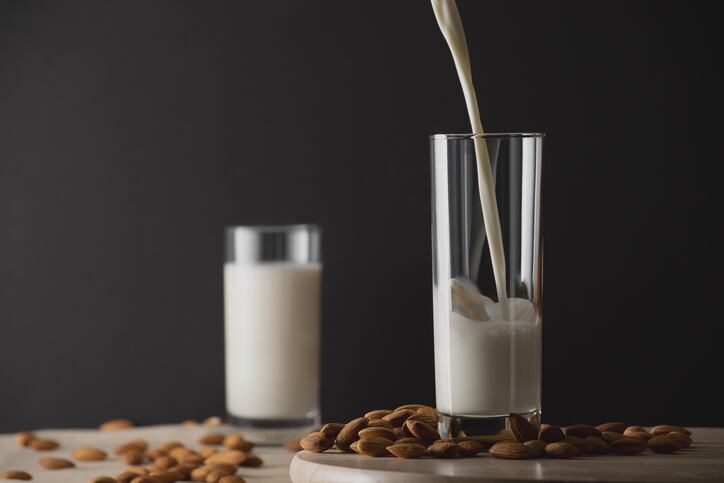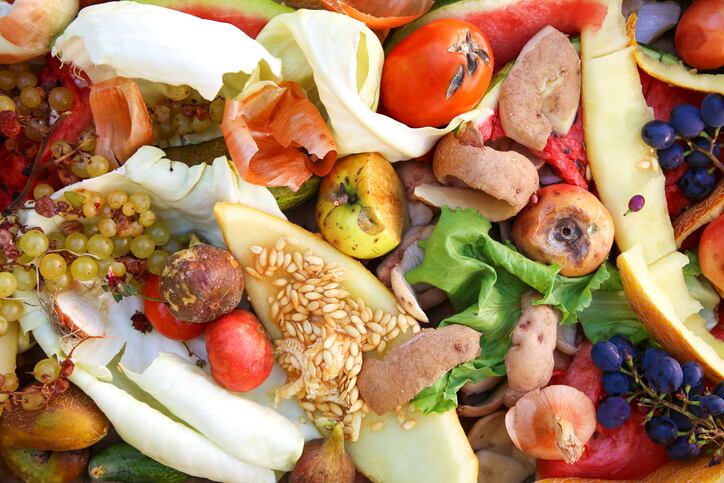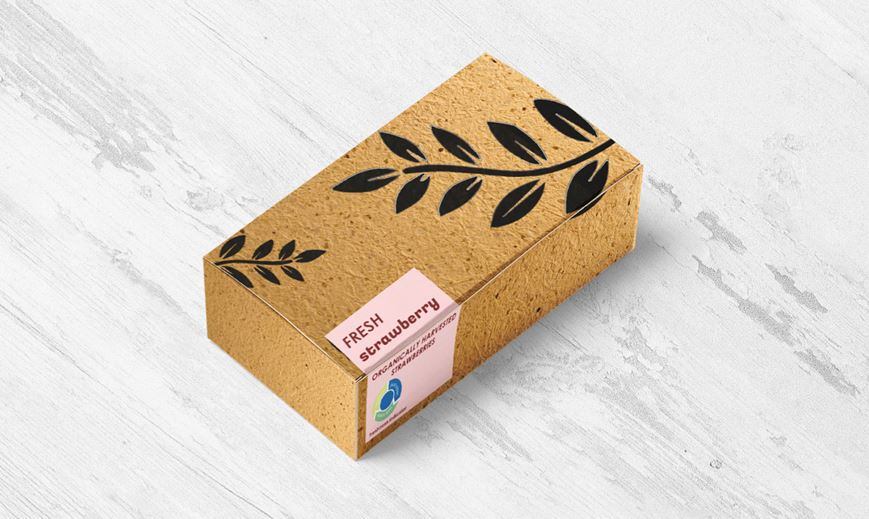In the second of an exclusive two-part series on CP’s aggressive US expansion, Boonchai explained to FoodNavigator-Asia how the firm’s insistence on technological upgrades and investments ended up helping it tide smoothly through the severe crisis situation in the United States.
“When we bought frozen foods giant Bellissio in 2016 and took over the facility in Jackson, Ohio, it was a building that was built some 50 to 60 years ago, so we decided to make major technological upgrades instead of continuing with a labour-intensive process,” he told us.
“The Ohio facility produces around 1.5 million to two million packs of frozen foods per day, so the labour involved was immense, and we opted to invest US$150mn to upgrade the facility to Industry 4.0 quality, covering things like automation, robotic systems, a central palletized system and more.
“The aim all along was to improve food safety and to minimize waste from production – then COVID-19 came along this year and suddenly it became a priority to minimize human contact with the food, which we found ourselves in a strong position to do despite the bizarre, unchartered waters.
“As a result of all the technological upgrades we had made, none of CP Foods’ production operations were interrupted at all even in the United States when things got really bad.”
The plant is estimated to be as big as 20 American football fields, provides jobs for about half of the 7,000-strong Jackson community.
Boonchai stressed that CP’s early investment and adamance on technology since long before COVID-19 has not only helped the firm tide through the crisis, but also resulted in much higher cost efficiencies.
“Before COVID-19, many dissenters always said we were investing too much in this technological stuff, but this has proven to be true foresight during this crisis. CP is following our Three highs, One low belief: High investment will lead to High technology which leads to High efficiency – and this will culminate in Low cost,” he said.
“Now, we are reaping the rewards in low cost per unit and very good cost efficiency for our production as the yield. We have plans to implement Industry 4.0 technology in all our facilities worldwide eventually.”
CP also enforced safety procedures like mask-wearing and PPE and testing long before directives were given, and also built its own health clinic in the community to cater to its workers during the COVID-19 period when public and private healthcare became virtually impossible to access.
Technological innovations for retailers and consumers
In addition to employing technology for its operations, CP Foods has also invested in new technology for product packaging aimed at benefitting the retailers it sells too as well as for consumers to make purchases.
“Our retail partners like Kroger and Walmart were all requesting for ways to reduce labour intensity when it came to shelving – it was the top request, so we invested to develop the Shelf Ready Packaging (SRP),” said Boonchai.
“SRP basically allows us to pack out frozen packaged meals into one big [vertical] pack of eight – this saves a good deal of labour for retail staff by enabling them to just insert the entire SRP into the chiller at one shot instead of painstakingly shelving eight individual packs.
“It also has a key benefit for consumers – the SRP is forward-facing, so the front directly faces the glass door of the chiller, and consumers can see exactly what is inside the pack, including formulations, without needing to open the door, and this saves electricity too.
“To benefit consumers, there is also the Vacuum Sealed Packaging (VSP) which we developed for the Eating Well frozen meals brand – the new packaging is transparent in the middle, so they can see the ingredients inside the packaging clearly as compared to before when they could only see a picture of it printed on cardboard.”
Post-COVID-19 consumer trends
When we spoke to Boonchai last year, he told us that sustainability and healthy lifestyle as on-trend for consumers – since COVID-19 hit though, he believes that although the basics have not changed, economic factors need to be taken more into consideration.
“COVID-19 has made people travel to the stores less frequently, so instead of buying a single serve like previously, now multi-serves for the family or for weekly storage are gaining traction,” he said.
“The economy has also taken a downturn with over 40 million unemployed, so what consumers are going to want is value for money combined with a healthy lifestyle, so we are strategizing on our price positioning and meal recipes to come up with a better unique selling proposition to meet the needs of the times.
“At the end of the day, people still want safe and sustainable food – but if we either stick to the original trend and focus on health and lifestyle without looking at value for money, or vice versa, we’d be setting ourselves up for a pitfall from the new trend.”





